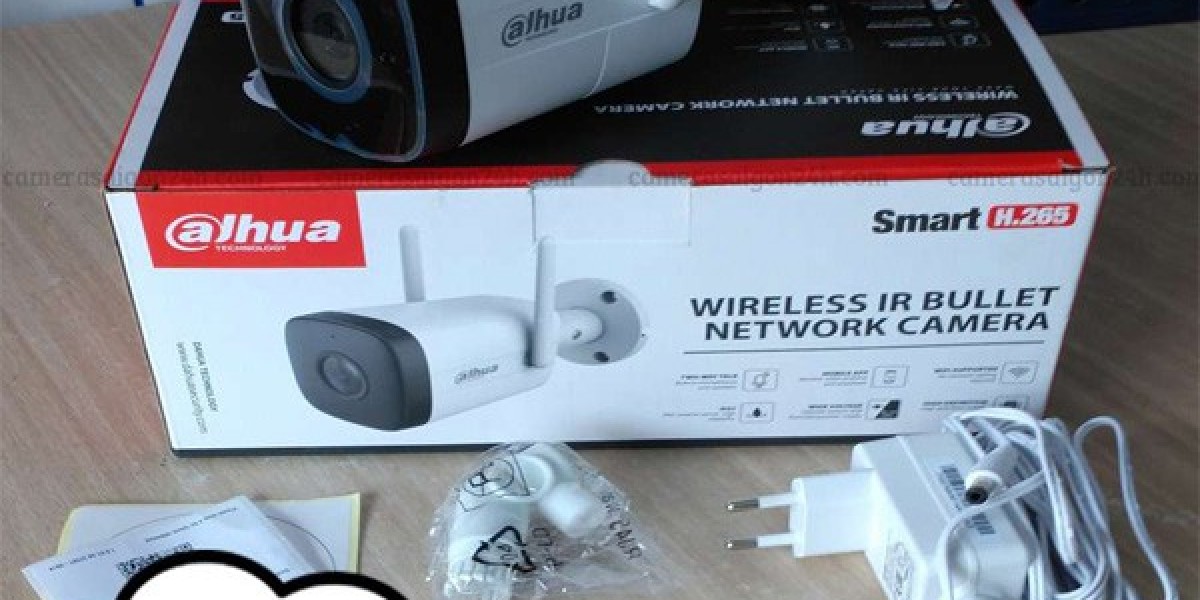In today’s rapidly shifting climate, the frequency and severity of natural disasters are on the rise. Communities and property owners are facing a wide range of overlapping threats—floods, bushfires, cyclones, landslides, and more. In such an environment, relying on a single-source alert system is no longer enough. Multi-Hazard Early Warning Systems (MHEWS) provide a smarter, more adaptive approach to disaster preparedness. They are designed to monitor multiple risk types simultaneously, issue timely alerts, and help people respond before it’s too late.
These systems are not just about technology—they’re about saving lives, preserving property, and supporting long-term resilience planning. The key to their success lies in the integration of science, data, expert knowledge, and real-time action.
Key Benefits of Multi-Hazard Early Warning Systems
• Timely Alerts for Multiple Threats
MHEWS detect a range of environmental hazards simultaneously, including flash floods, storms, fire outbreaks, and landslides. By consolidating risk signals from various sources, these systems can issue layered warnings—ensuring the right people receive the right information at the right time. This immediate access to threat intelligence helps individuals and organisations act quickly and decisively.
• Integrated Data from Diverse Sources
Robust warning systems rely on the synergy of meteorological data, sensor networks, satellite imagery, and hydrological models. When combined and analysed in real-time, this data creates a dynamic picture of current and emerging risks. This holistic view enables faster, more accurate decision-making and reduces the chances of false alarms or miscommunication.
• Life-Saving Lead Time
The most critical factor during any natural disaster is time. Every minute counts. A well-designed multi-hazard warning system can deliver alerts hours—or even days—in advance of an event, allowing residents to evacuate, emergency services to mobilise, and critical infrastructure to be protected. Early warnings dramatically lower the risk of injury or death and reduce chaos during a crisis.
• Reduced Economic Losses and Property Damage
Beyond saving lives, multi-hazard systems offer significant economic benefits. Timely alerts give property owners the opportunity to activate defence measures, shut down vulnerable systems, or relocate assets. This prevention-focused approach lowers repair costs, shortens recovery time, and contributes to long-term financial sustainability.
• Remote Monitoring and Automated Actions
Modern Flood Early Warning Systems are often equipped with automated technologies that trigger alerts or defensive actions without human intervention. These may include sensor-activated alarms, SMS broadcasts, barrier deployments, or system shutdowns. Remote monitoring is particularly valuable in remote communities, critical infrastructure sites, and areas where staffing may be limited.
• Improved Emergency Planning and Coordination
Having a reliable early warning system is just one part of the equation—it also enhances overall emergency preparedness. These systems enable authorities, organisations, and property managers to build stronger communication frameworks and coordinated action plans. Everyone operates from the same verified information, which leads to quicker, more effective responses when a disaster unfolds.
• Support from Specialist Consultants
Engaging an expert in hazard mitigation ensures that warning systems are tailored to specific risks, environments, and vulnerabilities. John from iREACT, with over a decade of experience in flood resilience and emergency planning, offers specialist consultation on developing, deploying, and optimising Flood Early Warning Systems and multi-hazard strategies. His advice ensures that systems are not only effective but insurable and fit for purpose.
The growing complexity of natural disasters demands smarter, more integrated approaches to risk management. Multi-hazard early warning systems are a proven way to bridge the gap between detection and action—giving people the chance to prepare, protect, and prevent. Whether you're managing a commercial site, a residential estate, or critical infrastructure, investing in early warning capability is no longer optional—it's essential.









